School gardens turn ordinary grounds into living classrooms that spark curiosity, stewardship, and healthy tailoring each plot to a distinct theme, educators can weave science, art, history, and wellness into unforgettable outdoor lessons while beautifying campus spaces.
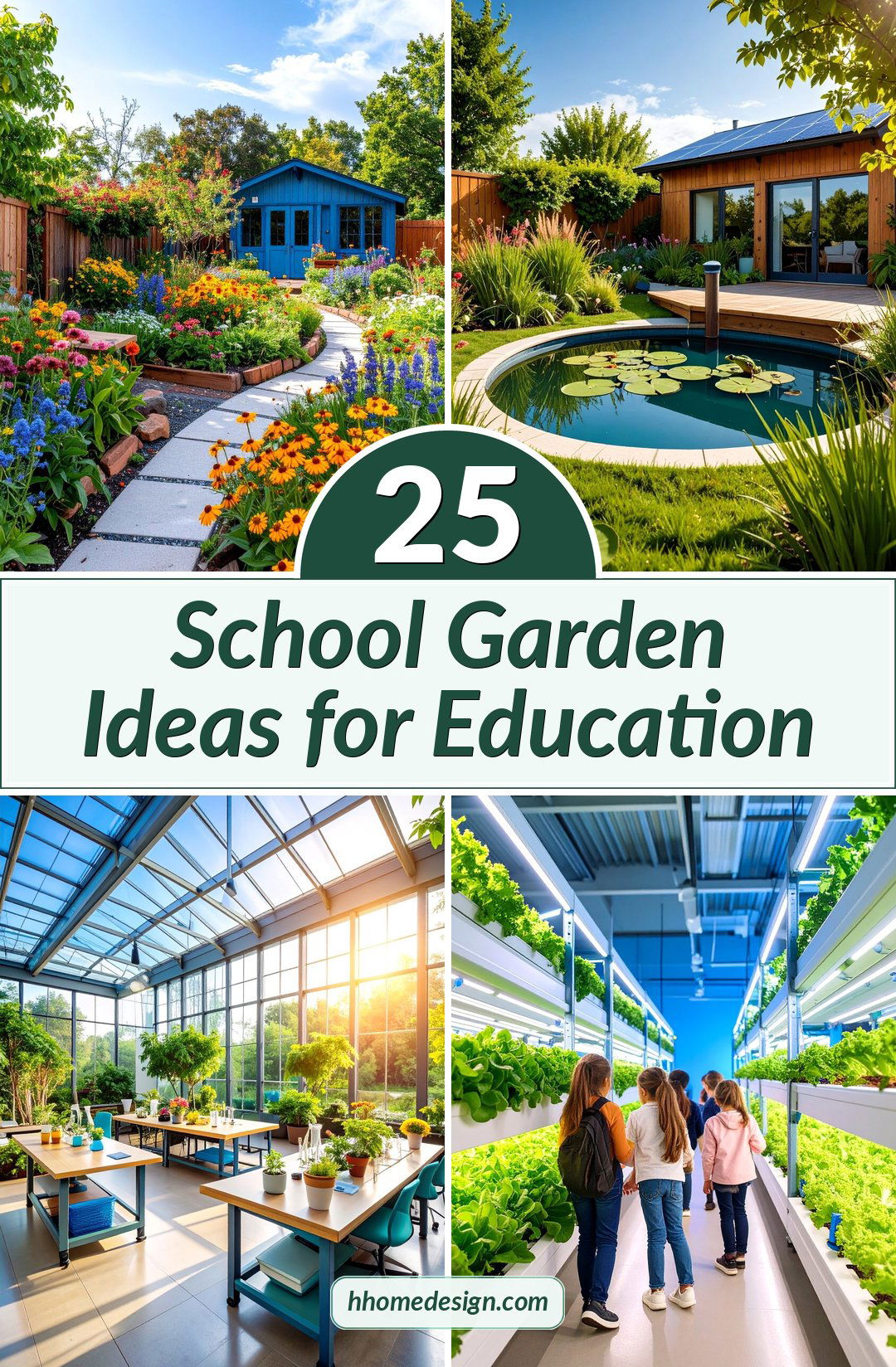
1. Pollinator Haven School Garden

A colorful pollinator haven draws bees, butterflies, and hummingbirds while teaching overlapping blooms of native milkweed, coneflower, zinnia, and salvia in sunny drifts, interspersed with flat rocks for basking and shallow “puddle” trays for a few wind-buffering shrubs and leave leaf litter over winter for nesting track visitor species, chart bloom times, and calculate nectar corridors to nearby habitats, reinforcing biology standards and conservation ethics.
2. Sensory Exploration School Garden
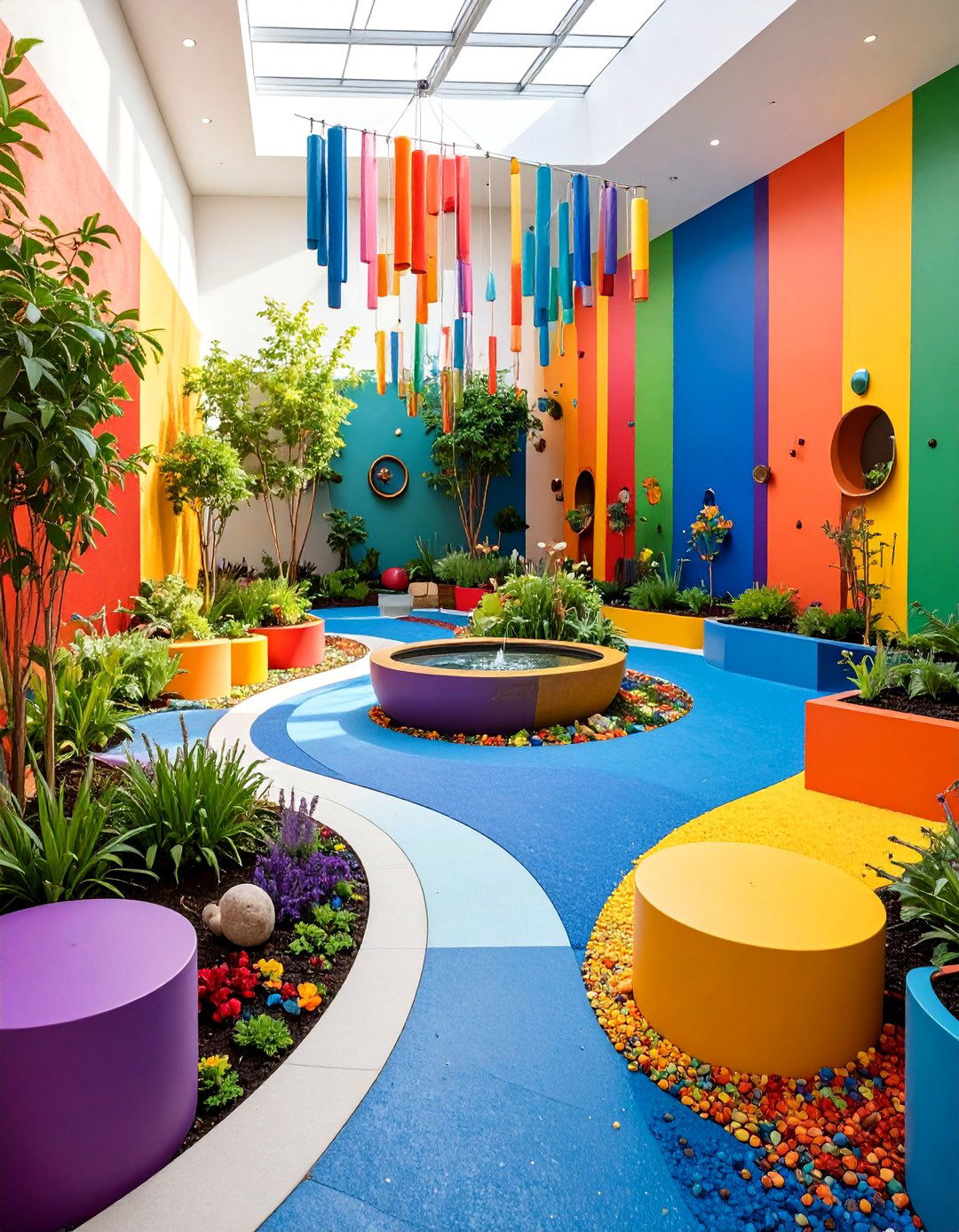
Designed to engage five senses, a sensory exploration garden layers textures, scents, tastes, sights, and of smooth river rock transition into crunchy bark; raised beds hold fuzzy lamb’s ear, fragrant mint, and rainbow Swiss chard for chimes, trickling water, and reflective gazing balls add auditory and visual practice mindful “sit-spots, ” record sensory adjectives, and study plant adaptations that create each stimulus, benefiting focus and inclusive learning.
3. Raised Bed Vegetable School Garden

A classic raised bed vegetable garden maximizes production and cedar boxes two feet high warm quickly, deter weeds, and allow clear crop rotation blocks of tomatoes with basil, carrots with onions, and marigold borders teach integrated pest test soil pH, calculate fertilizer ratios, and harvest produce for cafeteria tastings, linking math, nutrition, and community service while demonstrating sustainable food cycles.
4. Native Plant Meadow School Garden
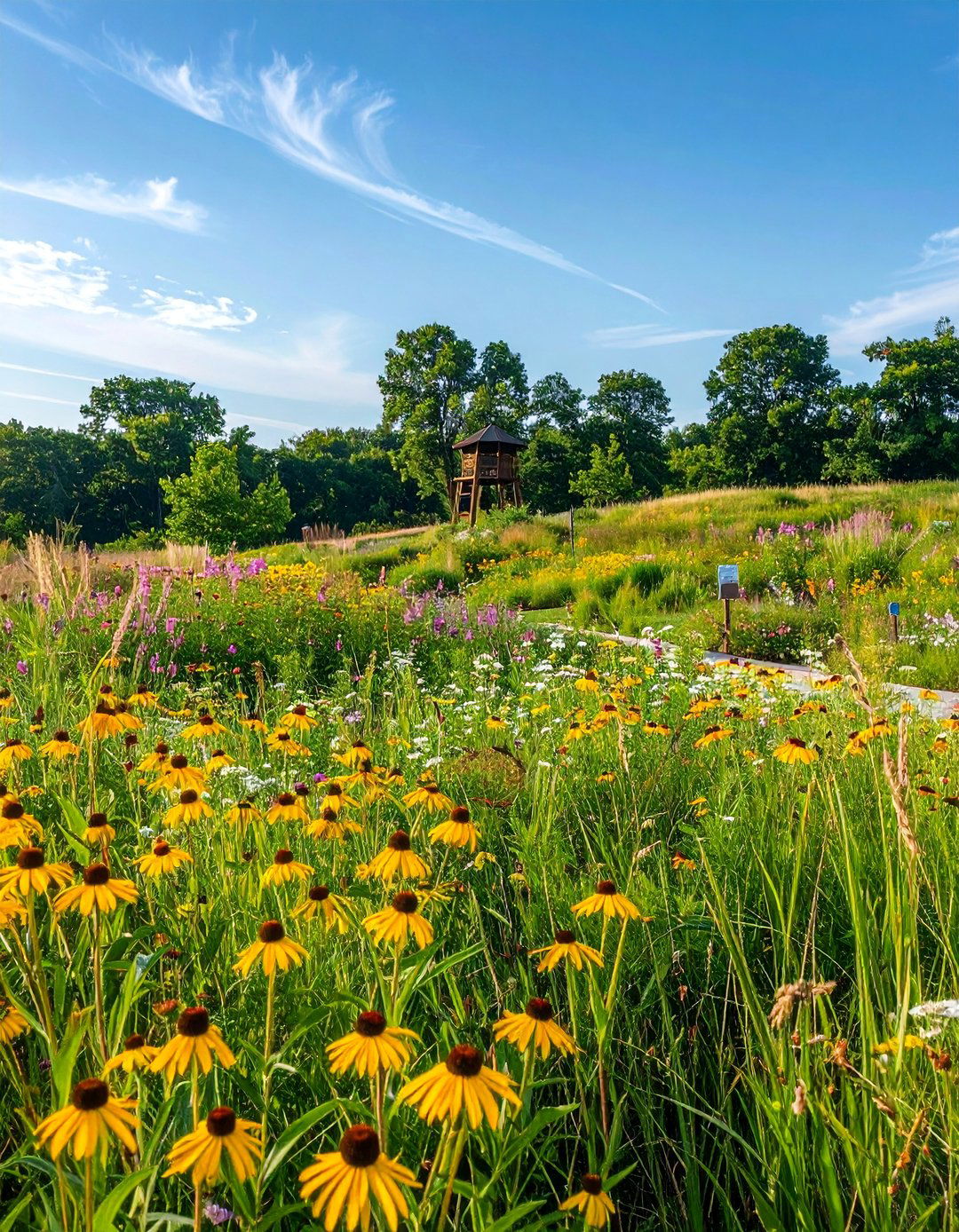
Replacing a patch of turf with a native plant meadow reduces maintenance and supports grasses, black-eyed Susan, and aster create layered habitat, while signage explains deep root carbon storage and storm-water student-led “citizen science” counts of insects and birds generate real data burns or mowing demonstrate land-stewardship techniques practiced by Indigenous cultures, connecting ecology with social studies curricula.
5. Rainwater Harvest School Garden
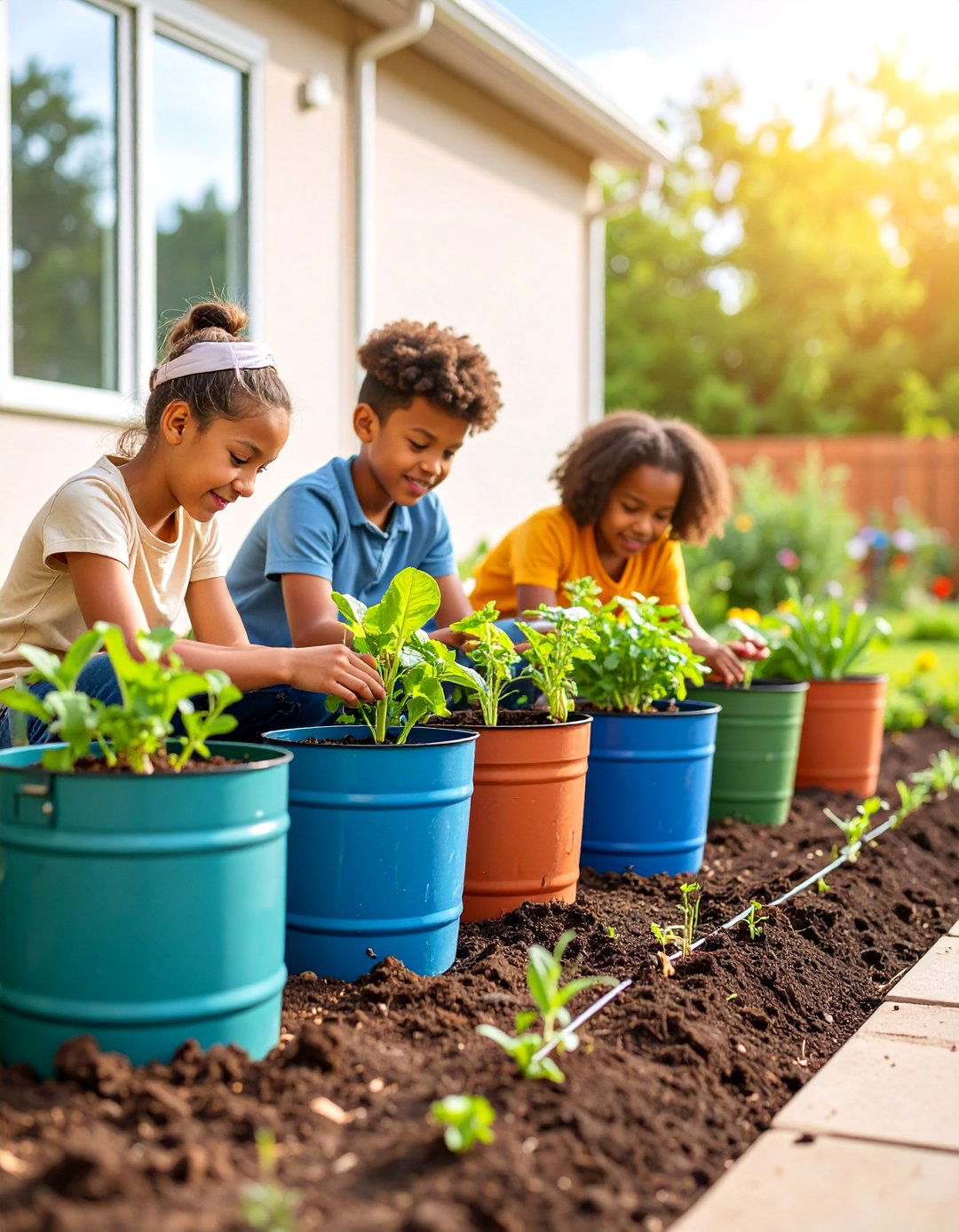
A rainwater harvest garden showcases water gutters feed a covered barrel array that gravity-drips into swales planted with cattails, iris, and moisture-loving storms, students monitor inflow gauges; during dry spells, they chart reservoir levels and decide irrigation priorities, learning hydrologic cycles boards explain watershed mapping and climate-resilience strategies relevant to local drought trends.
6. Container Courtyard School Garden

When ground space is limited, a container courtyard transforms asphalt into an edible troughs on casters allow flexible layouts for events, while vertical trellises of cucumbers and peas add fabric pots host dwarf fruit classes paint pots with pollinator motifs, and math groups calculate soil volume versus evaporation rate, proving gardens thrive even on small urban campuses.
7. Wheelchair-Accessible School Garden

An inclusive wheelchair-accessible garden features U-shaped beds with 32-inch-high edges and 48-inch pathways for easy hand tools hang on magnetic boards; aromatic herbs line reach-zones so brushing releases worm bins at seated height invite tactile compost on universal design foster empathy as students audit campus spaces for further accessibility improvements.
8. Vertical Living Wall School Garden
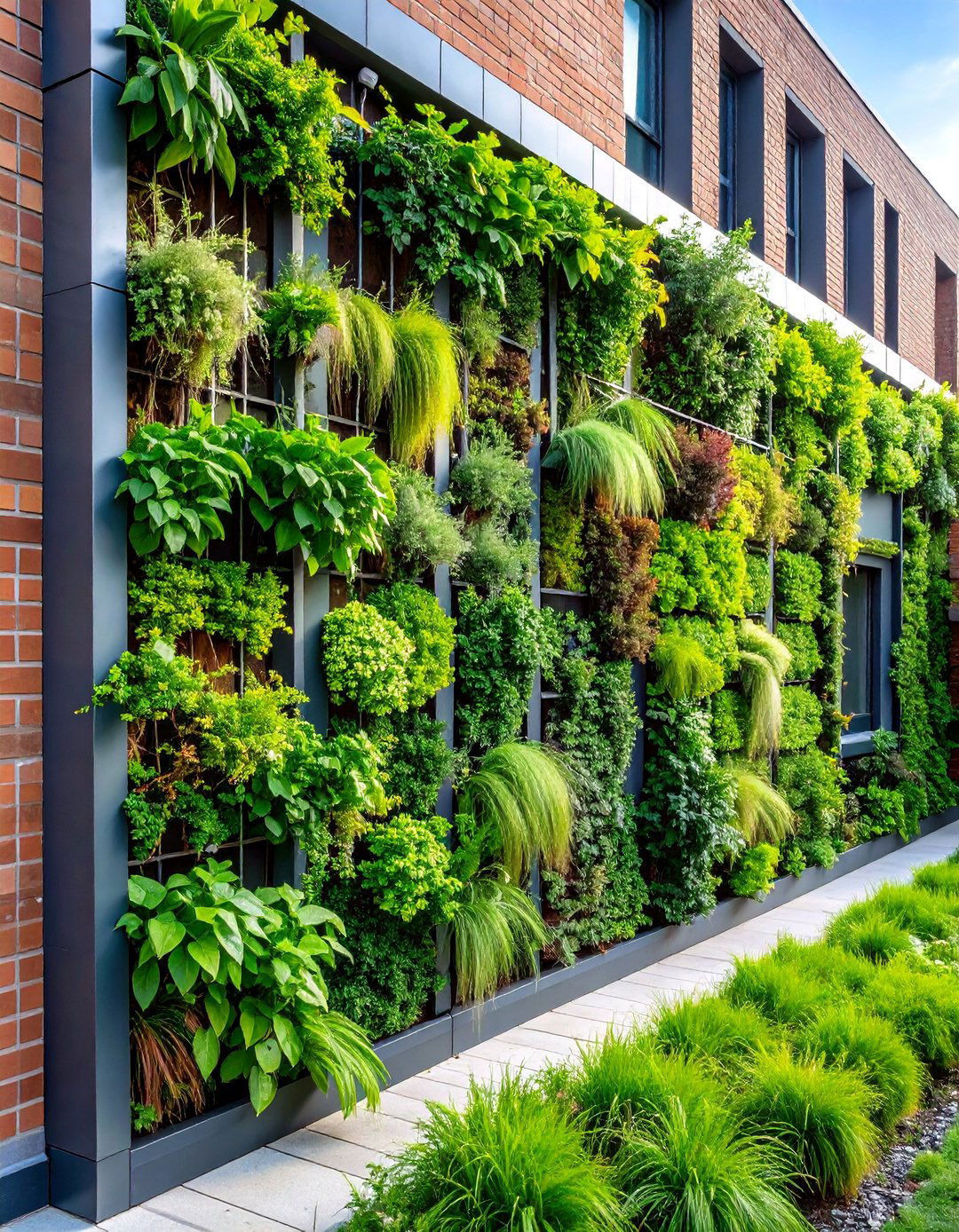
A vertical living wall garden turns bare masonry into a green textbook on photosynthesis and panels hold strawberries, lettuce, and succulents, irrigated by a recirculating drip loop students program with sensors reveal how vegetation cools adjacent classrooms, integrating horticulture with data-logging and coding for STEAM enrichment.
9. Hydroponic Indoor School Garden
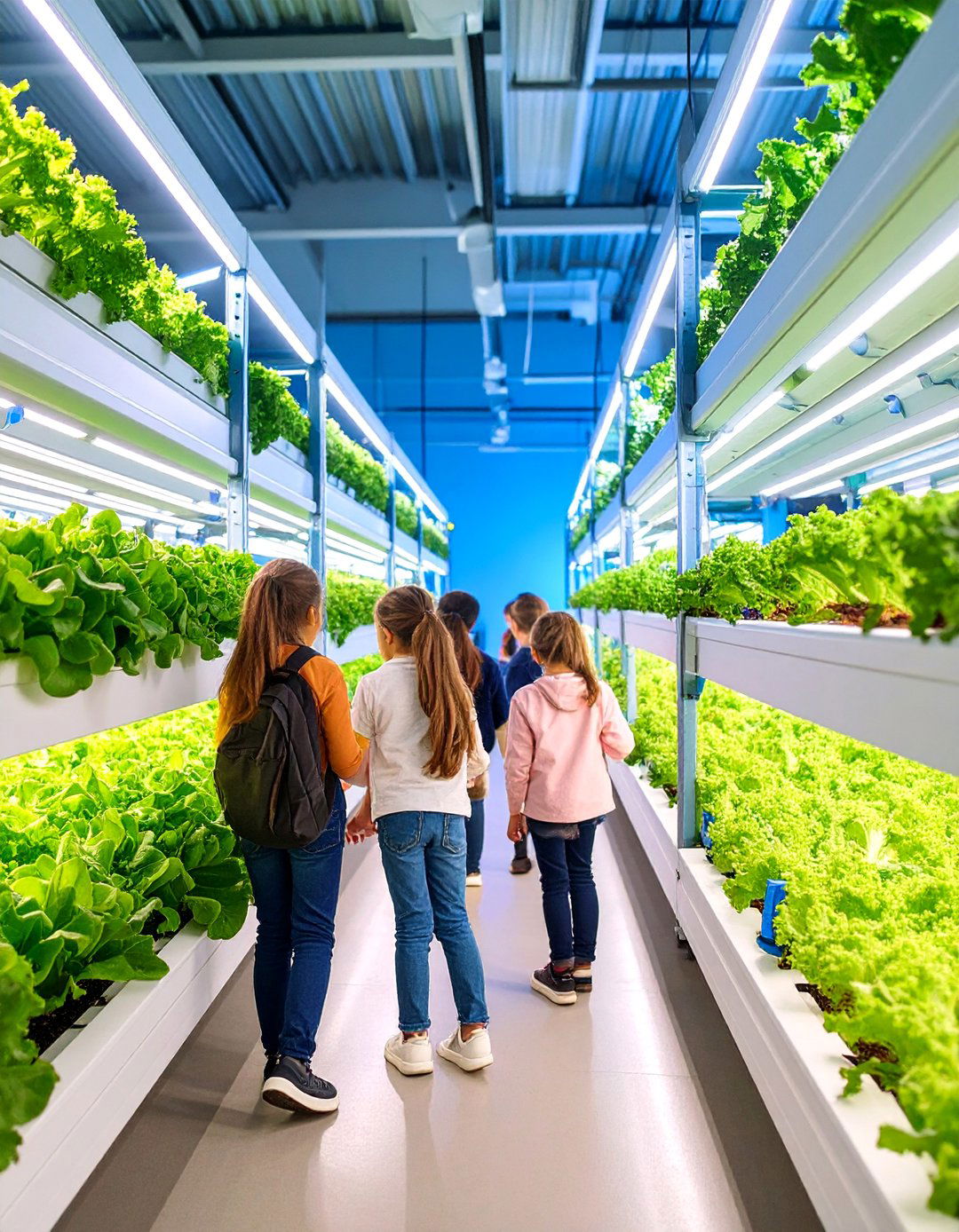
Inside an unused corridor, a hydroponic garden stacks nutrient-film channels under LED grow reaches harvest in 30 days, providing year-round produce and experiment variables: light spectrum, flow rate, and nutrient classes dissect root systems free of soil, while marketing electives develop branding for campus “hallway greens, ” blending science, entrepreneurship, and healthy eating.
10. Butterfly Conservation School Garden
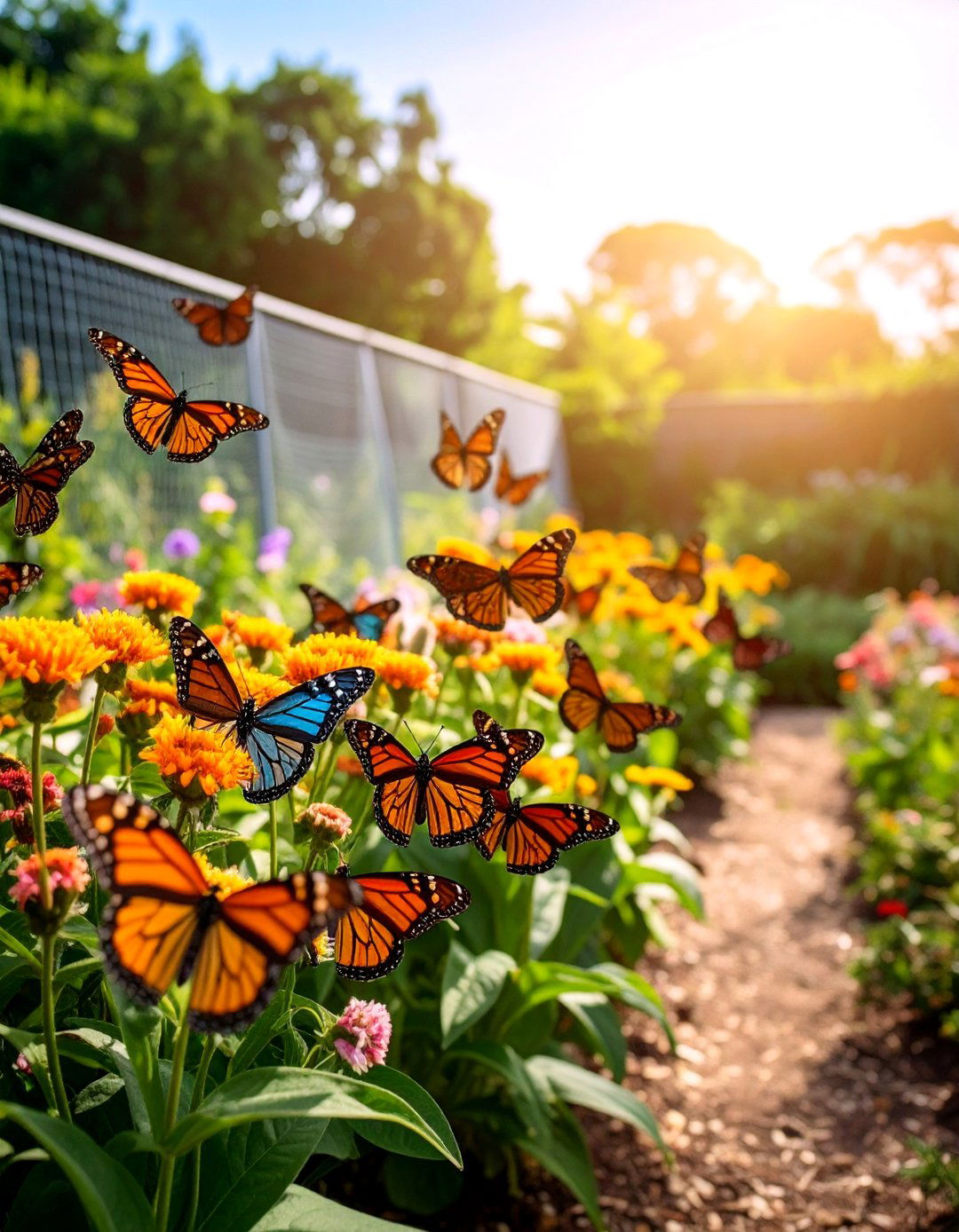
Focused on lepidopteran life cycles, a butterfly conservation garden pairs nectar drifts with host plants like milkweed for monarchs and parsley for rearing enclosures let pupils observe metamorphosis before tagging and releasing adults for migration contribute to citizen-science networks, connecting local action to continental conservation efforts.
11. Orchard Grove School Garden

A mini orchard grove teaches patience and perennial apple, pear, and plum trees line a sunny fence, under-planted with nitrogen-fixing clover and spring bulbs for graft scions, monitor chill hours, and calculate fruit yield projections for future classes, illustrating long-term stewardship and carbon sequestration via woody plants.
12. Edible Forest School Garden
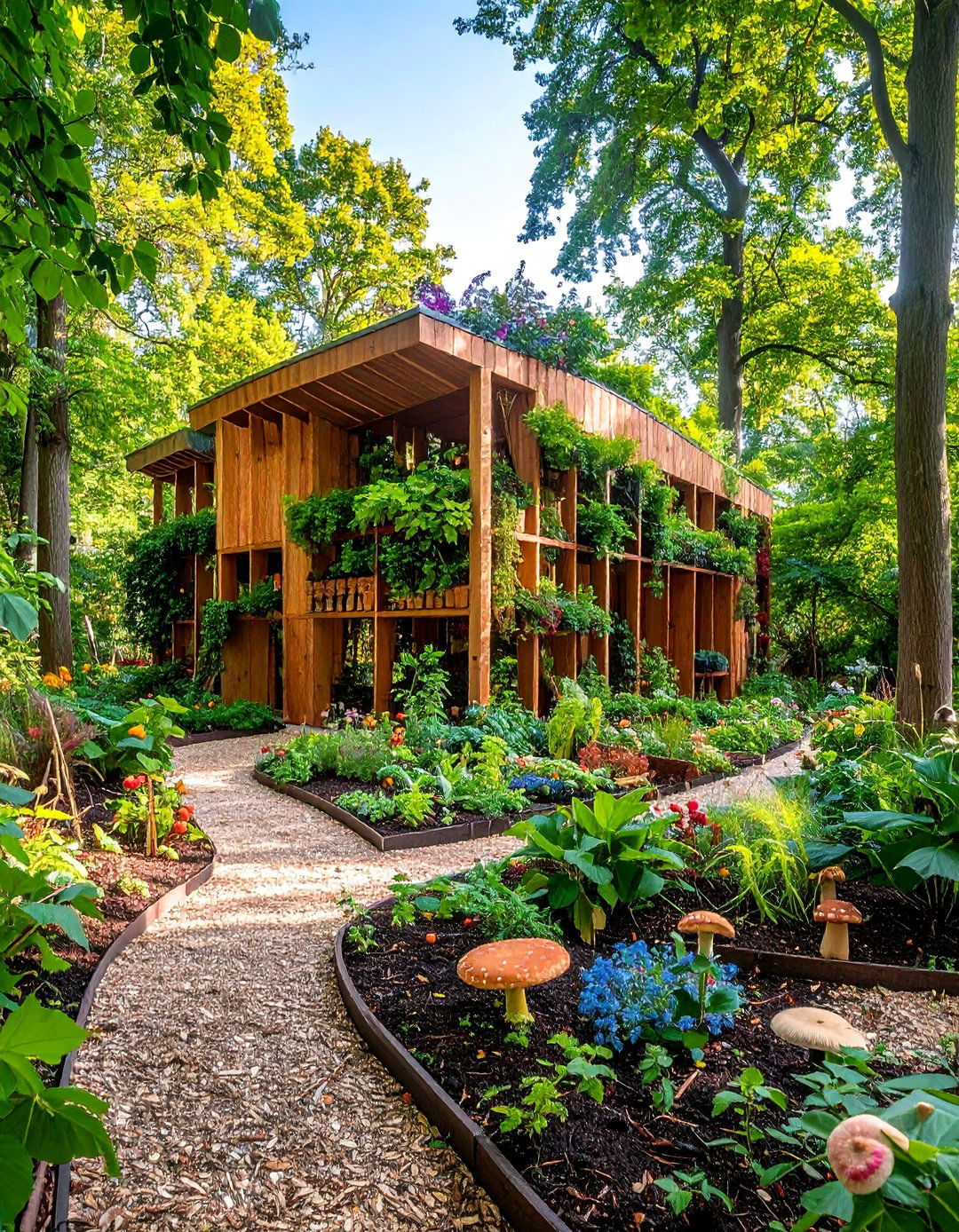
Modeling permaculture, an edible forest garden layers canopy pecans, understory pawpaws, shrub berries, herbaceous rhubarb, and groundcover logs decompose paths while capturing lessons on nutrient foraging walks reveal mutualistic plant relationships, and art students sketch the evolving “food forest” succession over years, emphasizing ecological complexity.
13. Math Grid School Garden
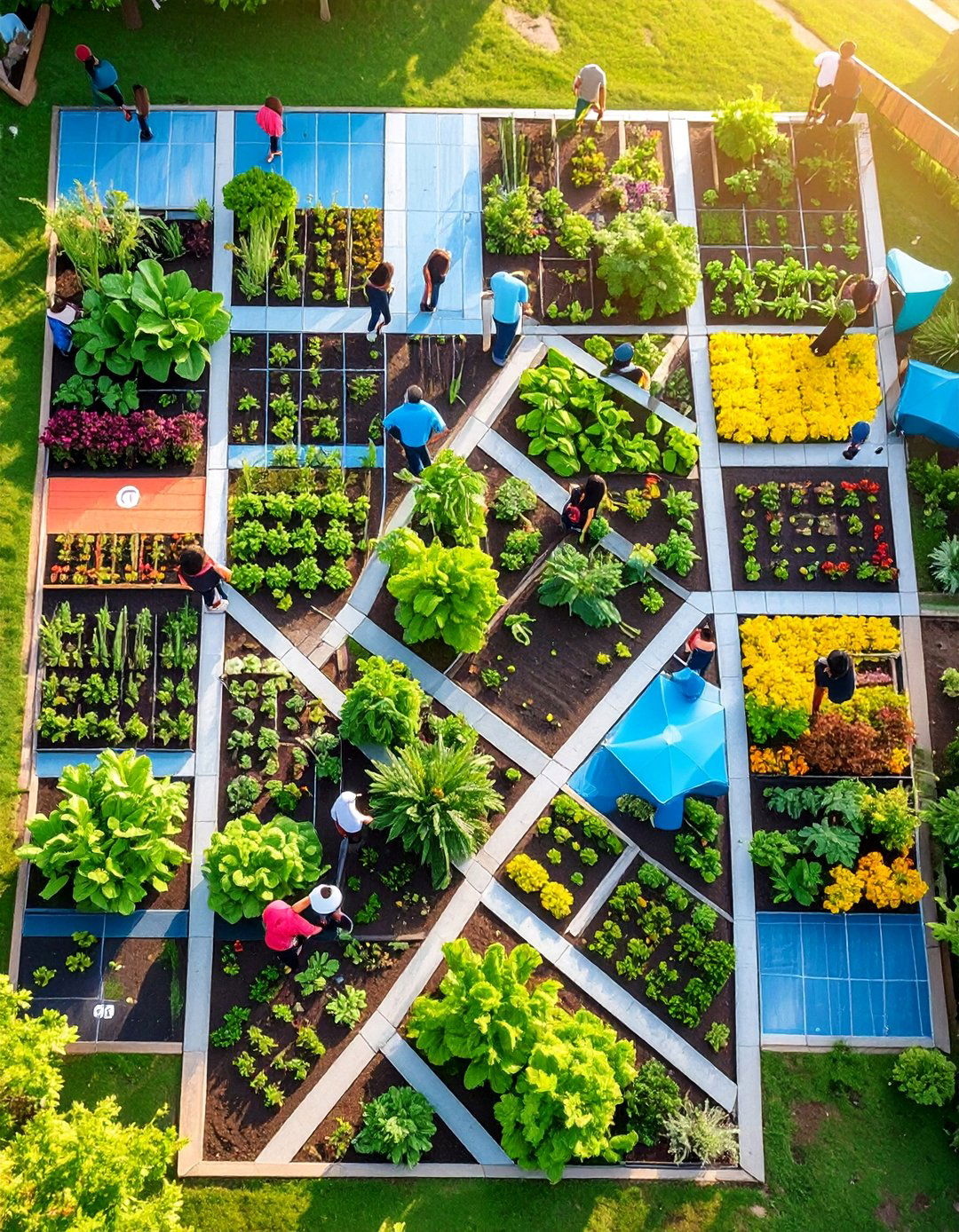
A math grid garden turns geometry into tasty results. A 10-by-10-foot plot subdivided into one-foot squares hosts diverse crops labeled with calculate area, perimeter, and plant spacing ratios, graph growth rates, and predict harvest weight using linear equations, merging algebra with agriculture in a real-world context.
14. Cultural Ethnobotany School Garden
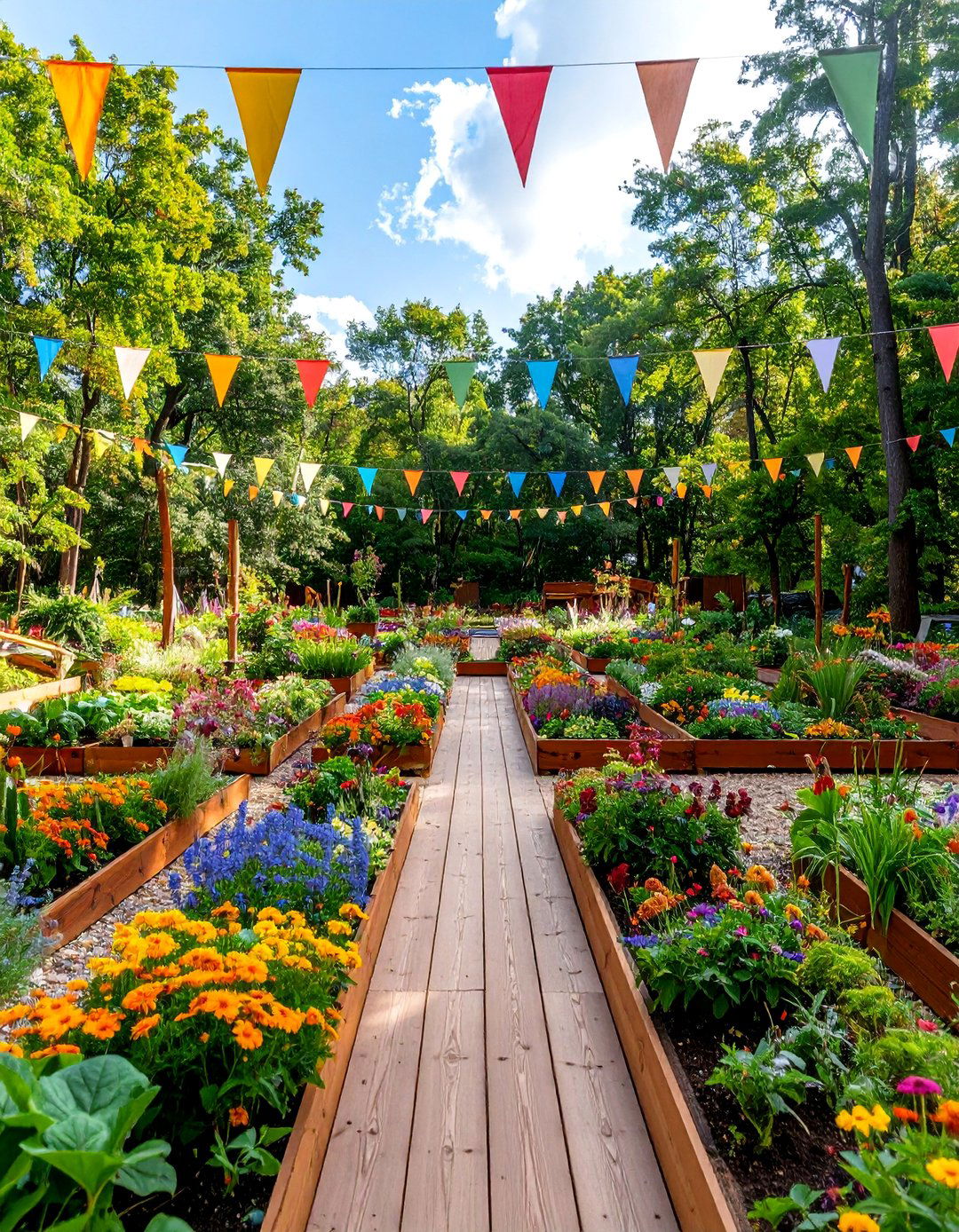
Celebrating heritage, a cultural ethnobotany garden groups plants by world regions: Three Sisters mound for Indigenous North America, Thai basil beds, and African okra plaques share traditional uses and migration classes harvest for cultural cooking demos, fostering global awareness and respect for agricultural knowledge across societies.
15. Aquaponic STEM School Garden
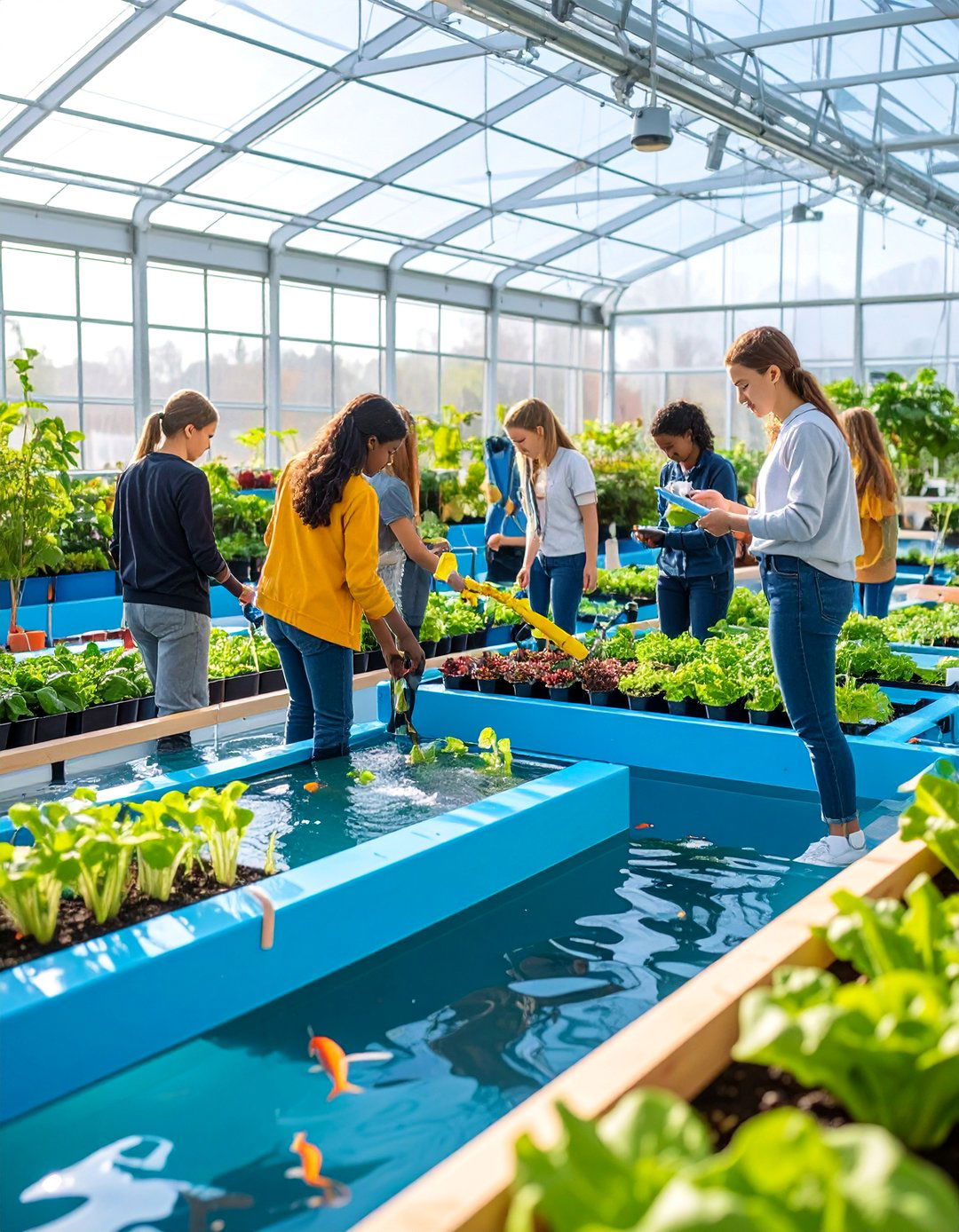
Combining aquaculture and hydroponics, an aquaponic STEM garden cycles tilapia tank waste to feed raft-grown greens, then returns filtered water to monitor ammonia, nitrite, and nitrate, graphing biofilter clubs design backup power solutions, while culinary classes create “pond-to-plate” tastings, illustrating closed-loop sustainability.
16. Pizza Theme School Garden
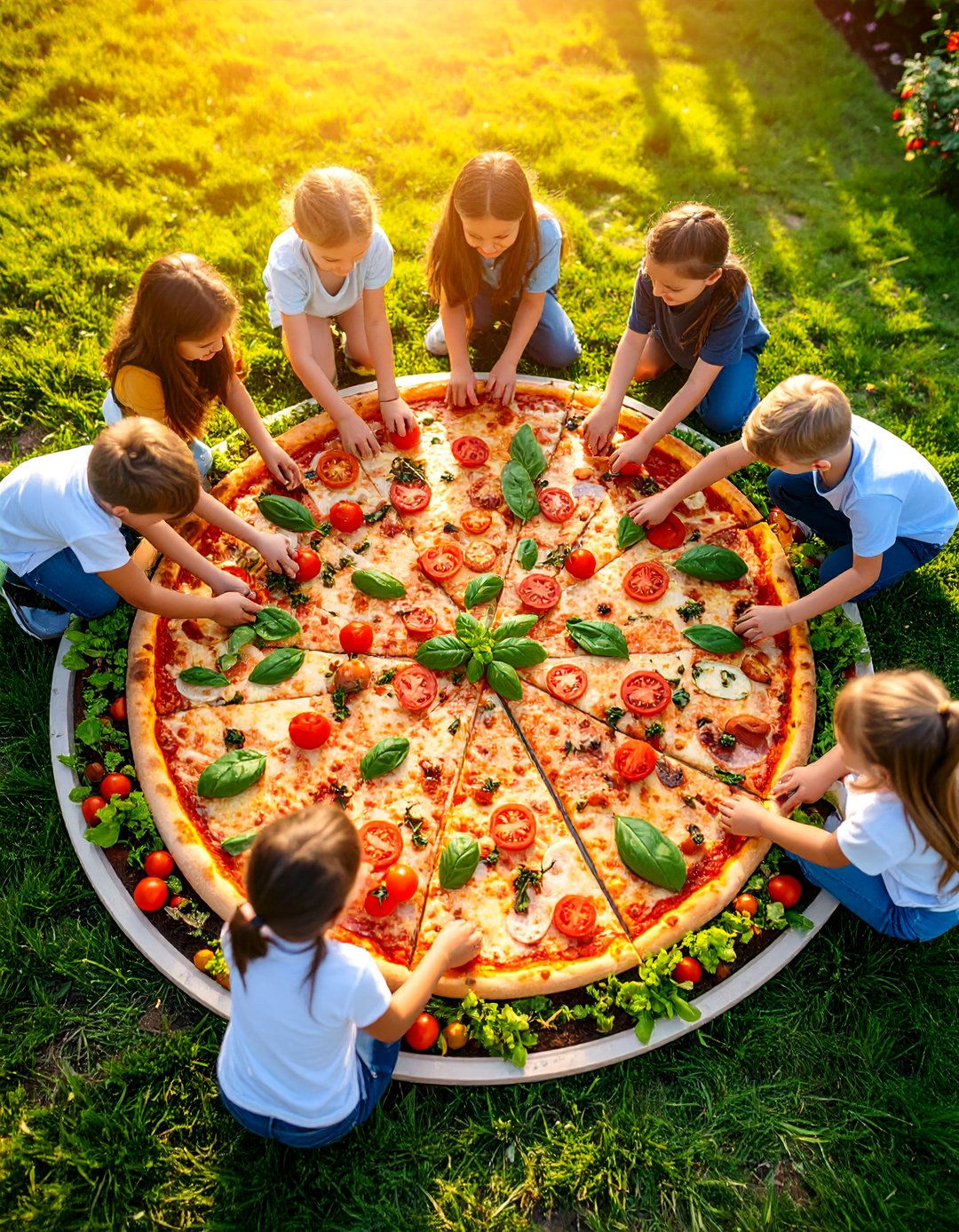
A pizza theme garden engages appetites and botany beds mirror a pie sliced into tomato, basil, oregano, garlic, onion, and wheat follow the ingredients from seed to baking day in the cafeteria’s ovens, reinforcing farm-to-table concepts and inspiring healthy food choices.
17. Salsa Ingredients School Garden
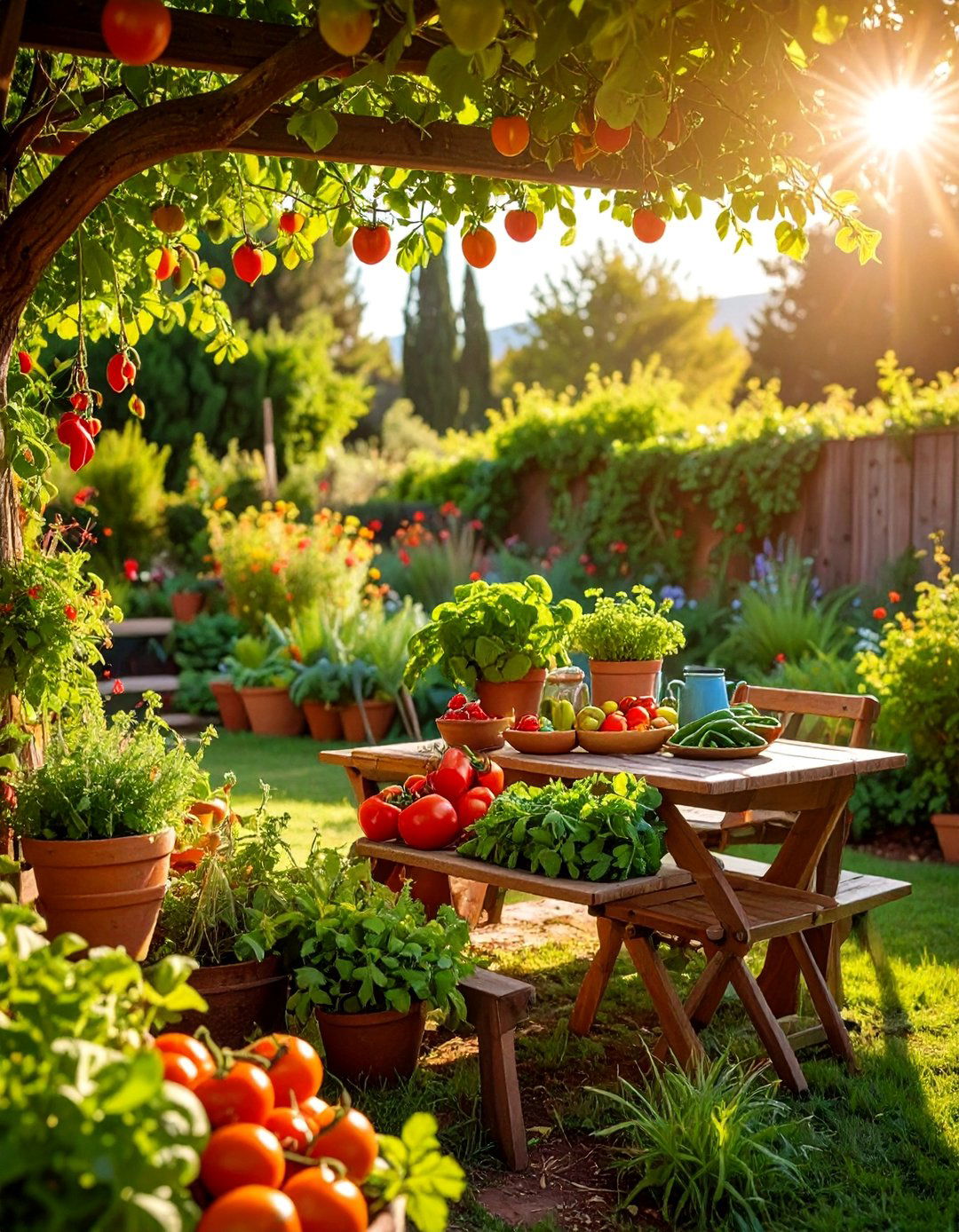
Spicy learning thrives in a salsa ingredients of heirloom tomatoes, jalapeños, cilantro, tomatillos, and edible marigolds teach crop classes compare capsaicin levels among pepper varieties, while Spanish classes label plants bilingually, weaving language study into horticulture and culminating in a campus-wide salsa tasting festival.
18. Greenhouse Laboratory School Garden
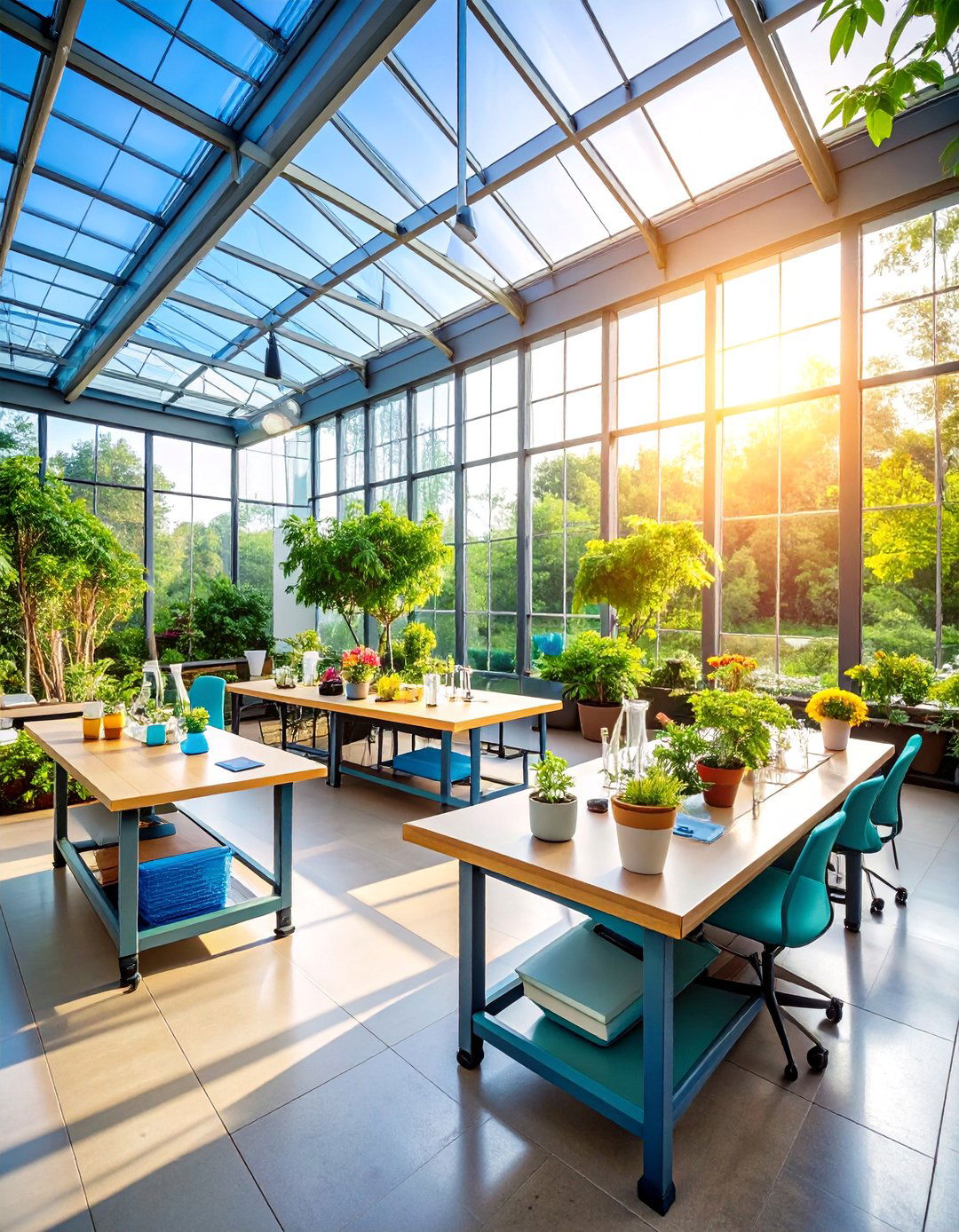
A polycarbonate greenhouse laboratory extends the growing season and experiment host controlled trials on photoperiod, soil amendments, and pest loggers track humidity and CO₂. Winter horticulture clubs propagate seedlings for spring sales, funding future garden projects and instilling entrepreneurial skills.
19. Outdoor Classroom Seating School Garden
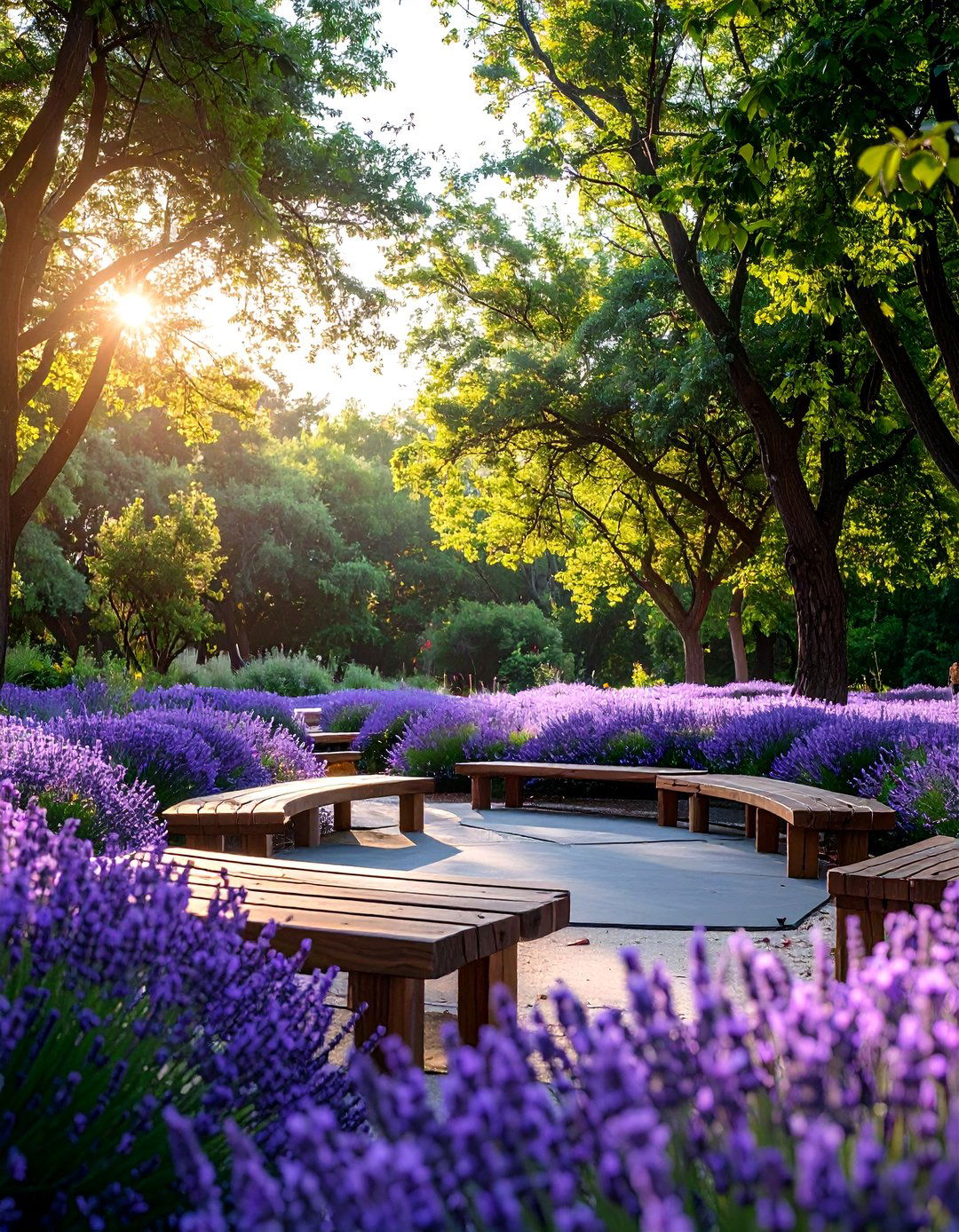
An outdoor classroom seating garden blends instruction and log benches encircle a chalkboard made of reclaimed slate, shaded by pollarded beds feature drought-tolerant lavender and yarrow to minimize range from poetry readings to weather-station monitoring, proving every subject benefits from fresh air.
20. Wildlife Pond School Garden
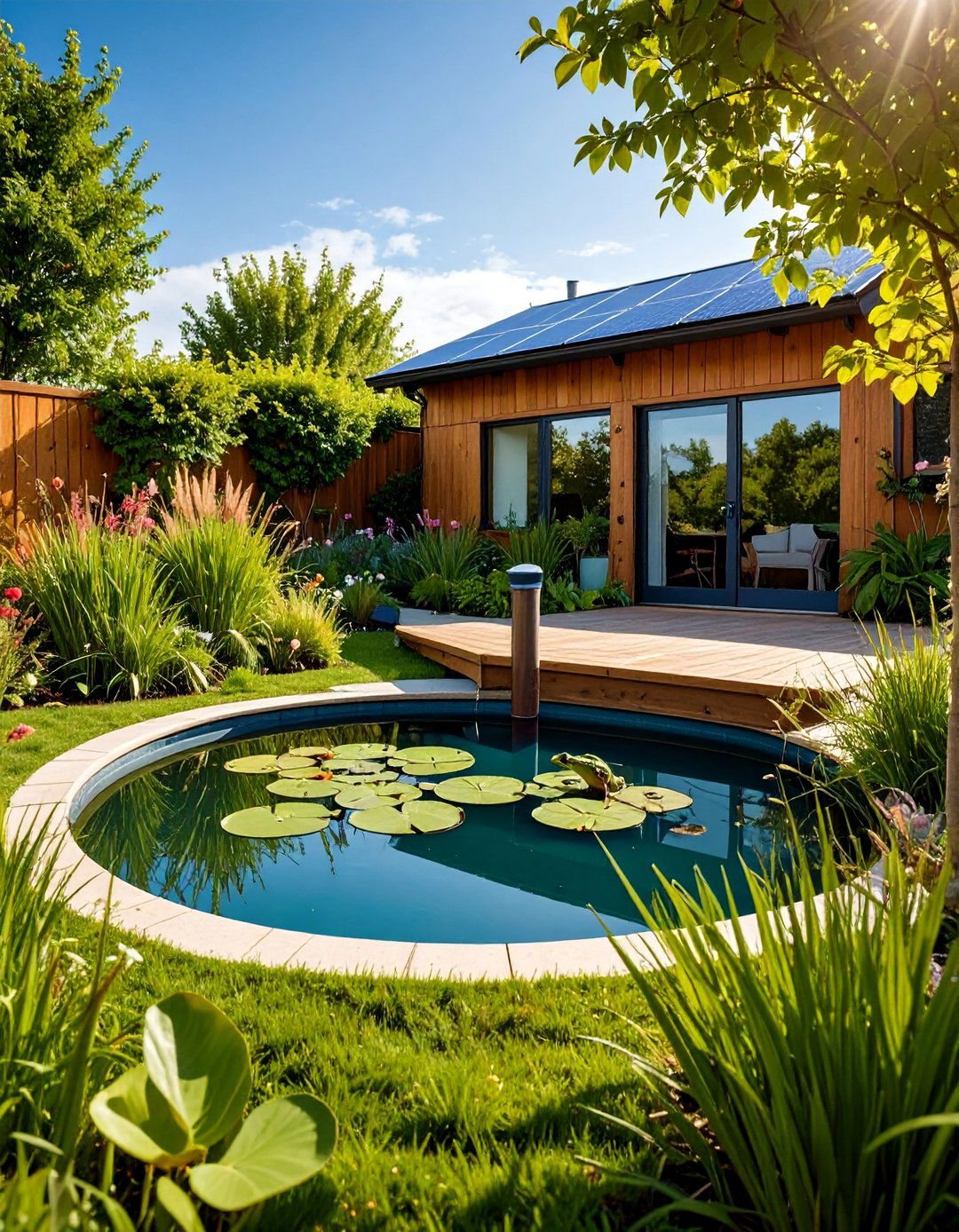
A shallow-edged wildlife pond invites frogs, dragonflies, and science rushes and water lilies oxygenate water, while a solar pump prevents sample macroinvertebrates, test pH, and chart seasonal population changes, linking aquatic biology with conversations about local watershed protection.
21. STEAM Makerspace School Garden
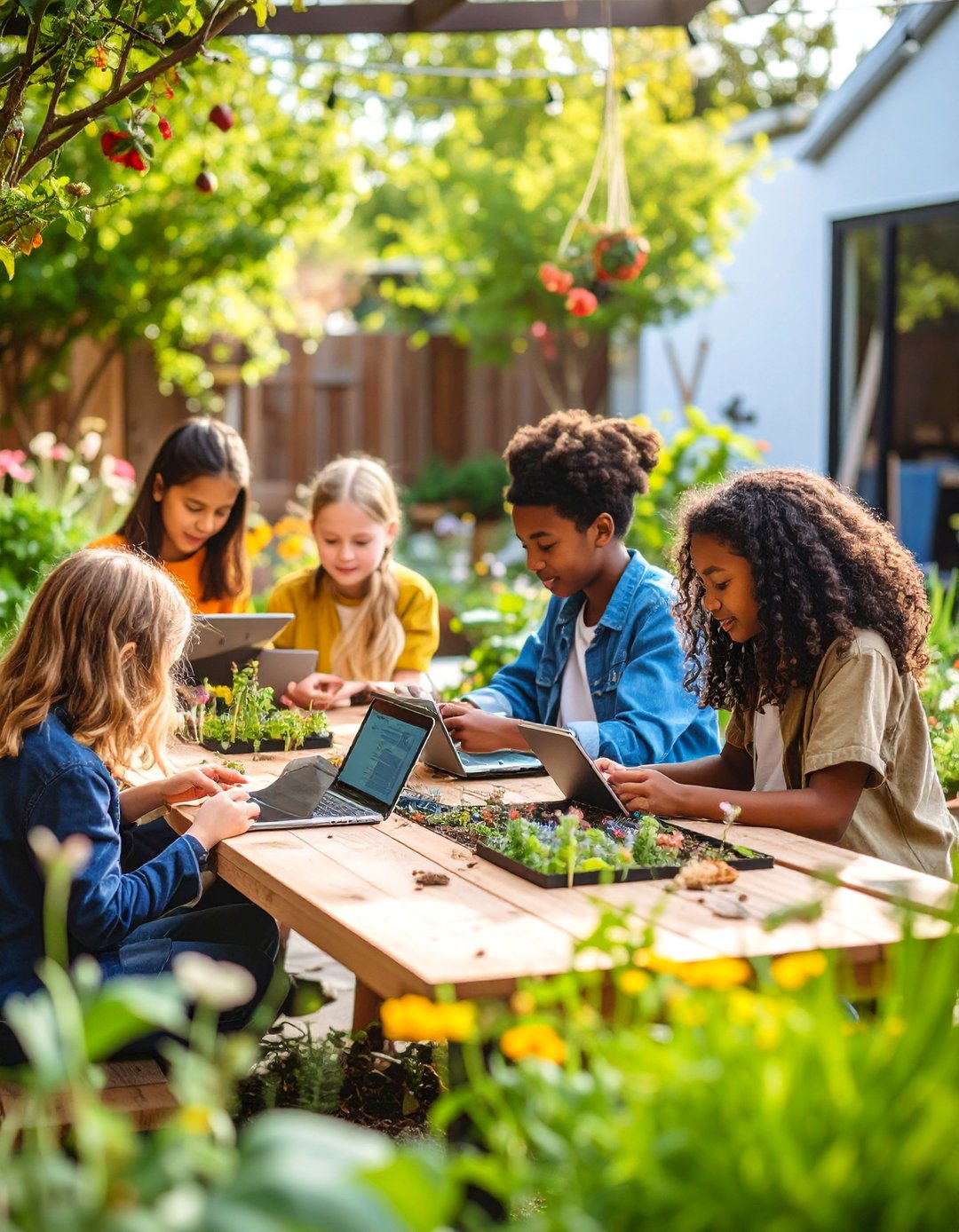
Adjacent to the makerspace, this garden supplies raw materials for projects: willow rods for weaving, sunflower stalks for bird-feeder engineering, and dye plants like indigo for art experiments. Sensor-equipped beds feed real-time moisture and light data to classroom dashboards, merging coding, design, and botany in project-based learning.
22. Mindfulness Meditation School Garden

A mindfulness meditation garden offers quiet paths lined with calming blues and whites lead to a stone sachet stations and benches facing a gentle fountain encourage reflective staff guide breathing exercises among rustling ornamental grasses, supporting emotional regulation and mental health.
23. Compost and Soil Science School Garden

Behind the tool shed, a compost and soil science garden turns cafeteria scraps into fertile hummus. Triple-bin systems illustrate aerobic stages; adjacent demonstration beds show growth differences between compost-amended and control record temperature curves, calculate carbon-to-nitrogen ratios, and design persuasive campaigns to reduce school food waste.
24. Seed Saving Heritage School Garden
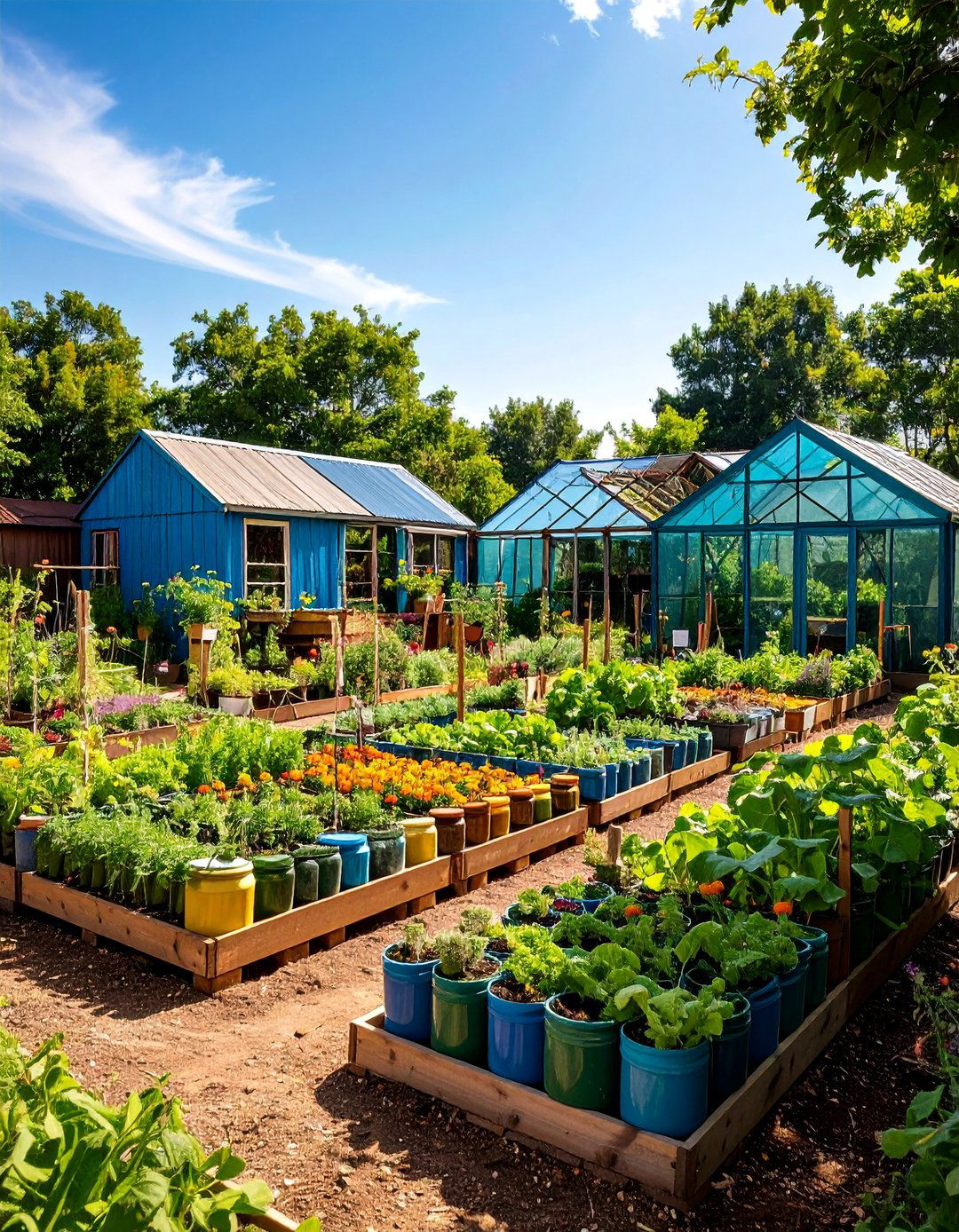
Dedicated to genetic preservation, a seed saving heritage garden grows open-pollinated heirloom varieties in isolation plots with mesh bags and timing strategies to prevent learn about biodiversity loss, practice wet and dry seed processing, and catalog samples in a classroom “seed library” for future planting.
25. Climate-Resilient Drought-Tolerant School Garden

A climate-resilient drought-tolerant garden showcases strategies for hotter and swales capture rainfall; gravel mulch reduces agastache, blue grama grass, and heat-loving okra thrive with drip irrigation powered by a small solar focus on plant adaptations, xeriscaping design, and responsible water budgeting.
Conclusion:
From pollinator corridors to math grids, these twenty-five school garden ideas provide complete, theme-based blueprints that transform schoolyards into dynamic learning one — or combine several — to cultivate curiosity, foster stewardship, and harvest lifelong skills rooted firmly in the soil.










Leave a Reply